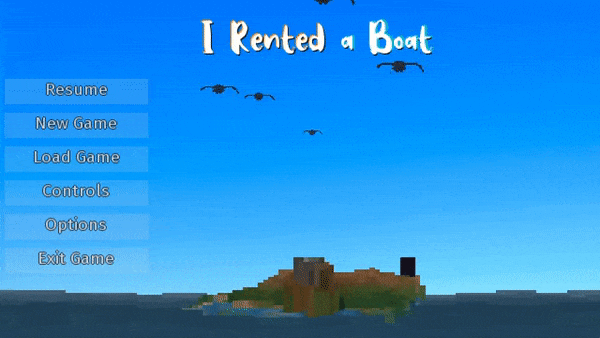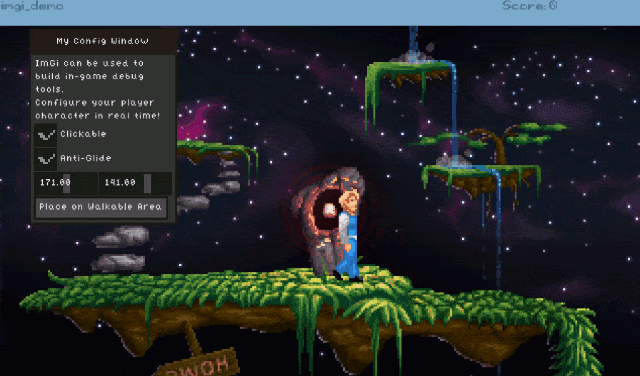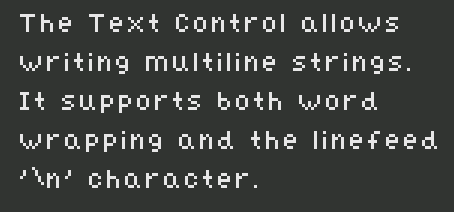This is not an adventure game
Music by Juhani Junkala
This game is a side project I plan to develop and push updates casually on the game's itch.io page. For now, the game is very barebones and I consider the art placeholdery. I want to have a good "Endless" game going, and once I get this, proceed to work in the other play modes, like Puzzle, VS, and Story Mode. If you want to run the game on your computer, I recommend using the itch client to get newer updates. A web player is also available there for testing, but the desktop game should run smoother.
I initially was developing this game with a friend, we worked on it from 2018 to 2019 in JavaScript, and while we advanced a lot at some point, the development just stopped. I still talk a lot with my friend, so recently, I asked about it, and with his consent, I ported the game to AGS because I think some pixel aesthetics I want may be easier to achieve with it.
- graphics 5%
- puzzles 0%
- scripting 65%
- music/sound 5%
If you download and play, for now, the only supported input method is swiping pieces using a mouse, you click hold the piece you want to swap with another adjacent piece, drag towards it and release. The web player actually works on my phone but for really smooth gameplay for now a mouse in the desktop version is recommended.






















 The code above is fixed thanks to him, but file attached below here is the wrong old wrong code!
The code above is fixed thanks to him, but file attached below here is the wrong old wrong code!